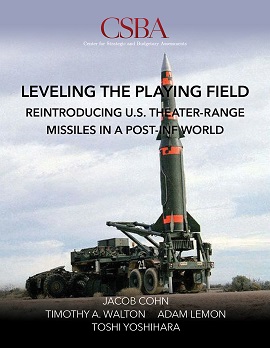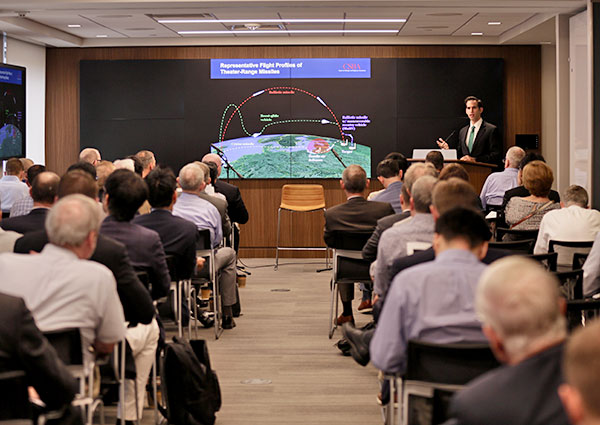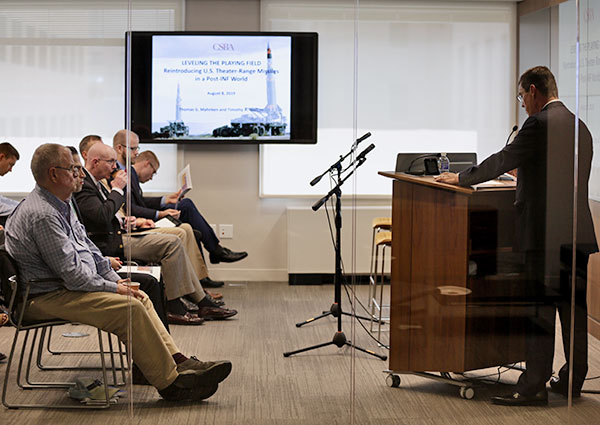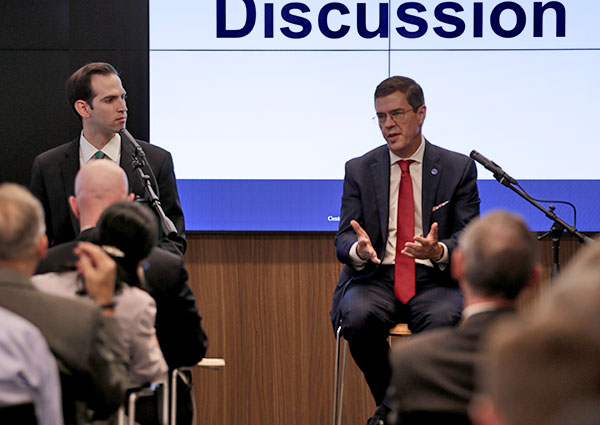
Now that the United States has suspended its participation in the 1987 Intermediate-Range Nuclear Forces (INF) Treaty, the time has come to explore seriously the case for deploying ground-launched theater-range missiles.
In this study, the authors explore the potential strategic and operational contribution of ground-launched theater-range missiles to U.S. defense strategy. They also critically evaluate the arguments that have been put forward against fielding such missiles. Finally, they estimate the cost of a variety of near- and mid-term options to field theater-range missiles. The study makes a cost-informed argument that, although not a silver bullet, deploying theater-range missiles would allow the United States to reclaim strategic options, regain military advantages, and strengthen the possibility of deterring great power conflict.
And check out the first two volumes of our major ongoing analytic effort, The Changing Nuclear Balance: a Net Assessment:
Assessing the Arsenals: Past, Present, and Future Capabilities assesses the past, present, and planned nuclear arsenals all of the declared nuclear-weapons states. It then uses that data to identify key asymmetries across national nuclear arsenals, which could have major consequences for competition, crisis, and conflict.
Understanding Strategic Interaction in the Second Nuclear Age takes a deeper look at the evolution of nuclear strategy and doctrine in the United States, Russia, and China, and then explores whether and how decisions by one major power have influenced, and might influence, the actions of others.

































